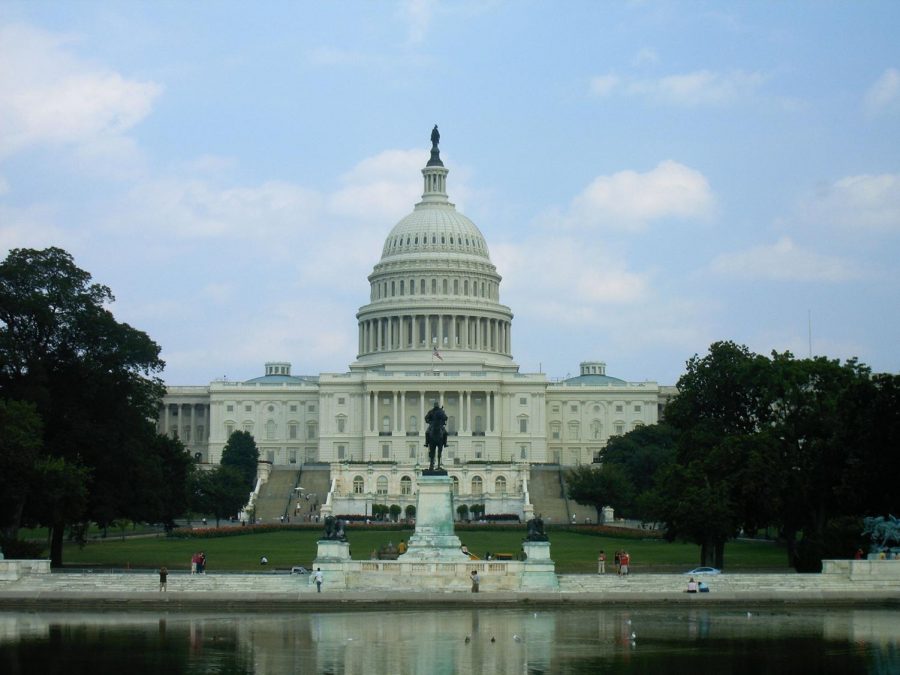Trump Declares National Emergency to Avoid Another Shutdown
Since the government shutdown earlier this year, politicians on Capitol Hill have been struggling to come to an agreement over Trump’s fund proposal to build the wall on the southern border, but it turns out that an agreement was not necessary.
For the past few weeks, a bipartisan committee in Washington has been working on a solution to the funding issue. They eventually came up with an agreement that would both fund part of the wall and prevent another government shutdown.
According to an article on USA Today, “Congressional aides said [the bill] included $1.375 billion for a structure along the southern border – well below the $5.7 billion President Donald Trump has demanded for the wall that he made a central promise of his 2016 presidential campaign.”
Trump was supposed to sign the agreement by Friday, Feb. 15, but because it did not have as much funding as he initially wanted, he declared a state of national emergency on the border.
Some people are saying the President’s declaration of national emergency is a violation of the Constitution because it would force Congress to reappropriate funds for the President’s personal project.
Many of Trump’s own party are unsettled by the situation. According to a more recent article on USA Today, “Many Republicans have said they were uncomfortable with the president declaring a national emergency to get funding for a wall along the southern border but it’s unclear whether they would vote for such an effort.”
According to a 2007 Congressional Research Service report, during a declared state of emergency the President “may seize property, organize and control the means of production, seize commodities, assign military forces abroad, institute martial law, seize and control all transportation and communication, regulate the operation of private enterprise, restrict travel, and, in a variety of ways, control the lives of United States citizens.”
As startling as this may sound, this is not as uncommon as one might think. According to a Time Magazine article, “National emergencies are more common than most Americans probably realize, the nation is already subject to dozens of emergency declarations that are ongoing today.”
In fact, there are still 31 states of emergency still in effect today, not including President Trump’s.
The oldest of the ongoing states of emergency is a national emergency in respect to Iran that was declared Nov. 14, 1979, during the Iran hostage crisis.,
The most recent is the national emergency that was declared to block the property of certain persons who contributed to a situation in Nicaragua that was declared Nov. 27, 2018, which was just a few months ago. Nicaragua has been in an uproar calling for the ouster of their president, Daniel Ortega.
Many people are saying that these—along with the other declarations of emergency in the recent past—actually meet the qualifications and are justifiable emergencies. Many do not feel that is the case with President Trump’s current declaration.
According to USA Today, “Sixteen states already filed a lawsuit over Trump’s emergency declaration, arguing it exceeds the power of the president and unconstitutionally redirects federal money that Congress had set aside for other purposes.”
As of right now, it is uncertain what the outcome of the lawsuits will be and whether or not more states will sue as well. However, one thing is certain: Washington is not happy about the wall.

Jonathan Boles is from Possumneck, Miss., and a transfer from Holmes Community College, where he graduated as Valedictorian. He is a nontraditional student,...



